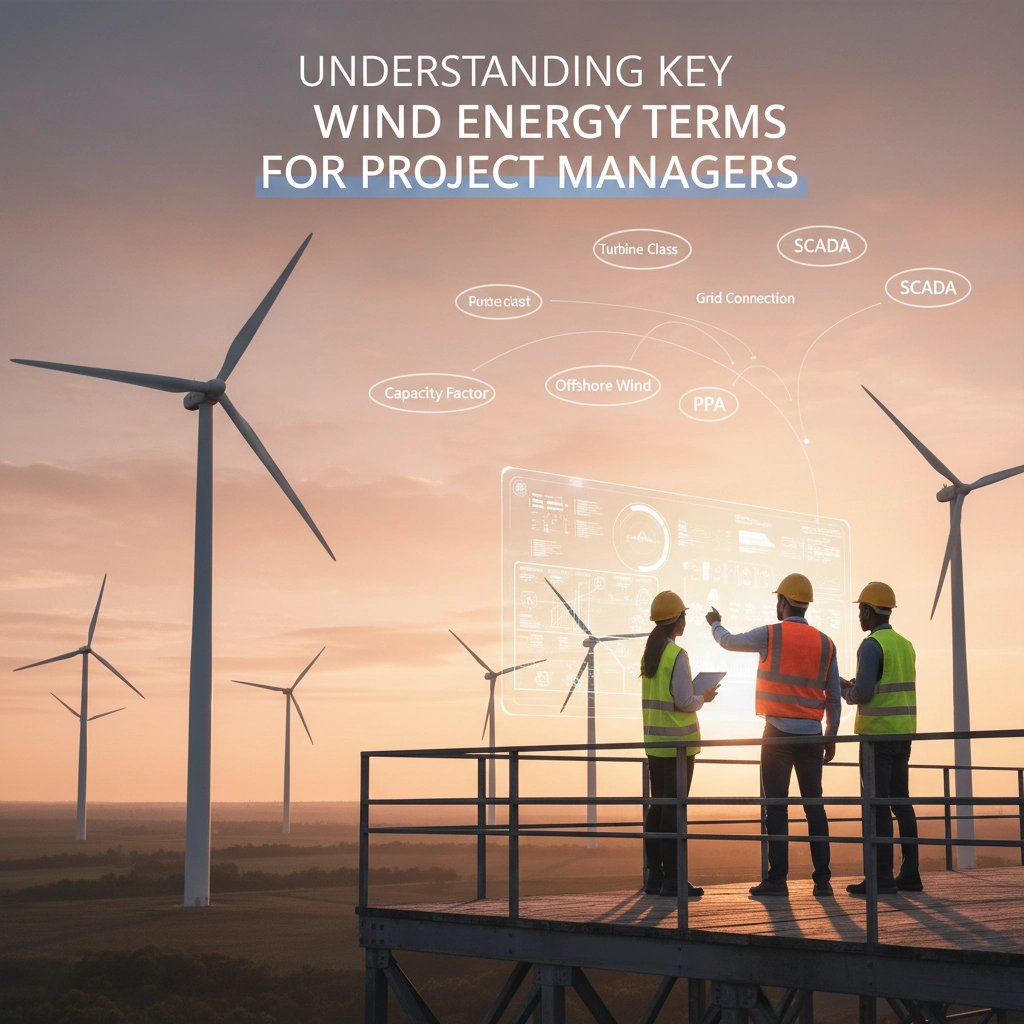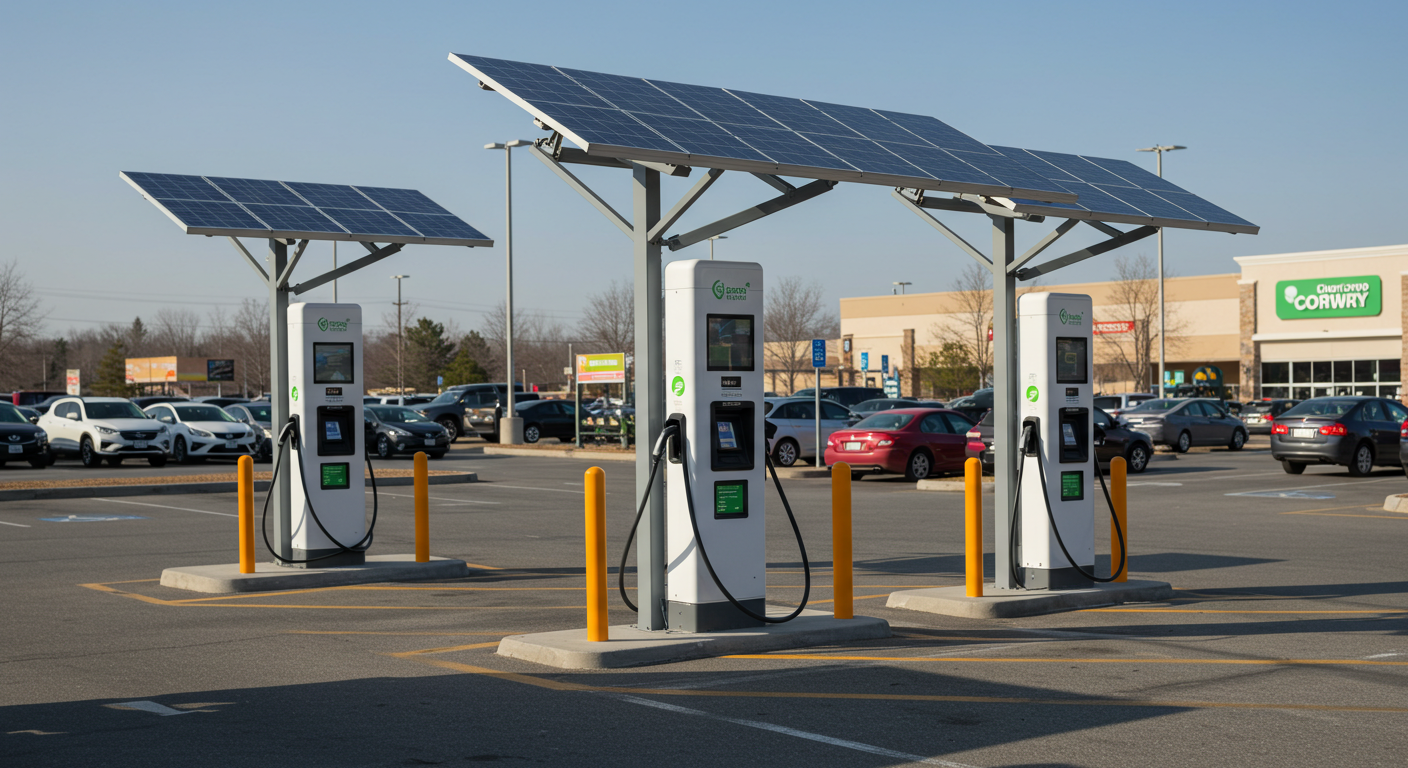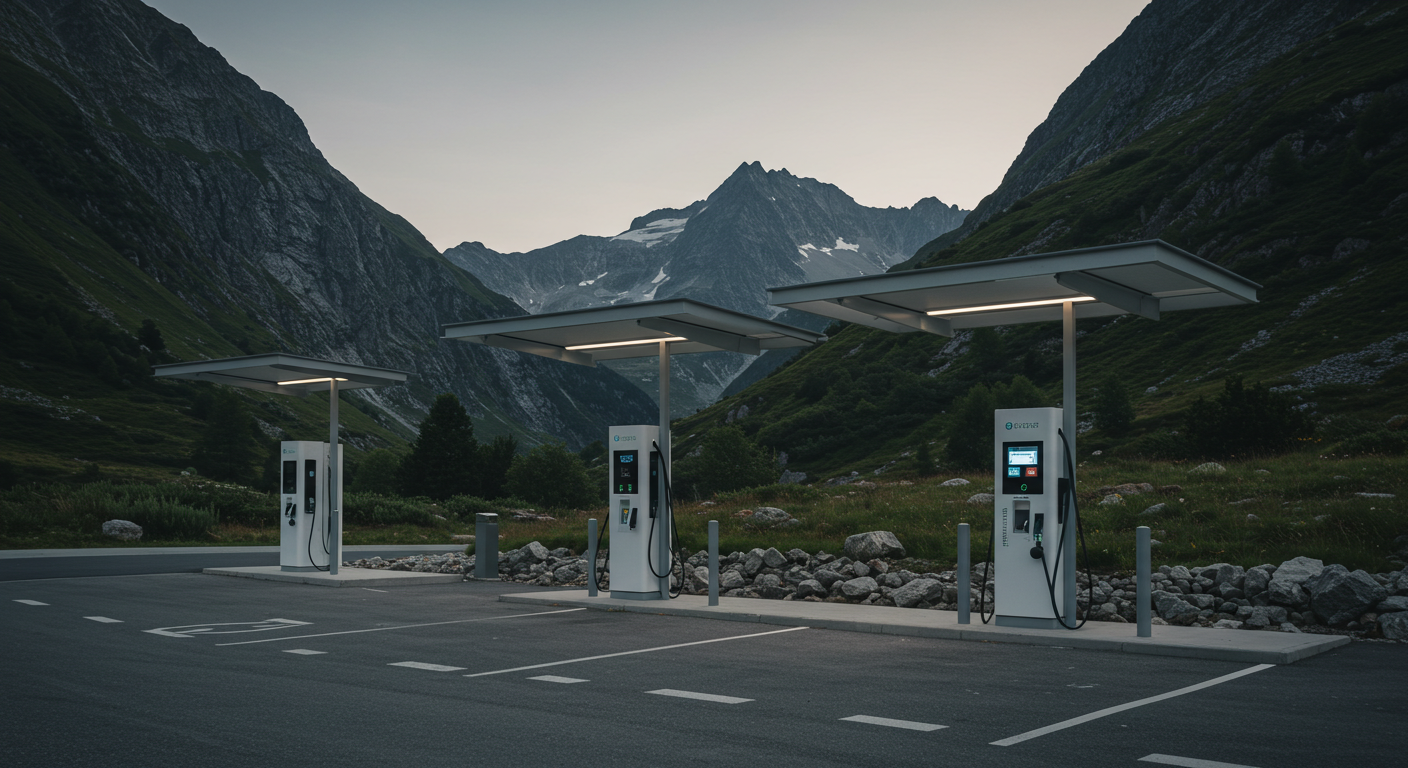Master the Essential Vocabulary to Lead Successful Wind Energy Projects
Your success as a project manager in the wind energy sector depends heavily on understanding the specialized terminology that drives this industry. Whether you're overseeing municipal renewable energy initiatives or managing government contract compliance, you need to speak the language fluently to communicate effectively with engineers, contractors, and stakeholders.
Foundation Equipment Terms You Must Know
Your wind energy projects revolve around core infrastructure components that form the backbone of any successful installation. The wind turbine serves as your primary asset: the device that converts kinetic wind energy into electrical power. These towering structures can exceed 250 meters in height and represent significant capital investments that require careful project planning and oversight.
The tower provides the vertical support structure that elevates the entire generation system. You'll encounter towers reaching up to 170 meters in height, constructed from steel, concrete, or hybrid materials depending on your site specifications and budget constraints. Understanding tower requirements helps you coordinate logistics, foundation work, and crane operations during installation phases.
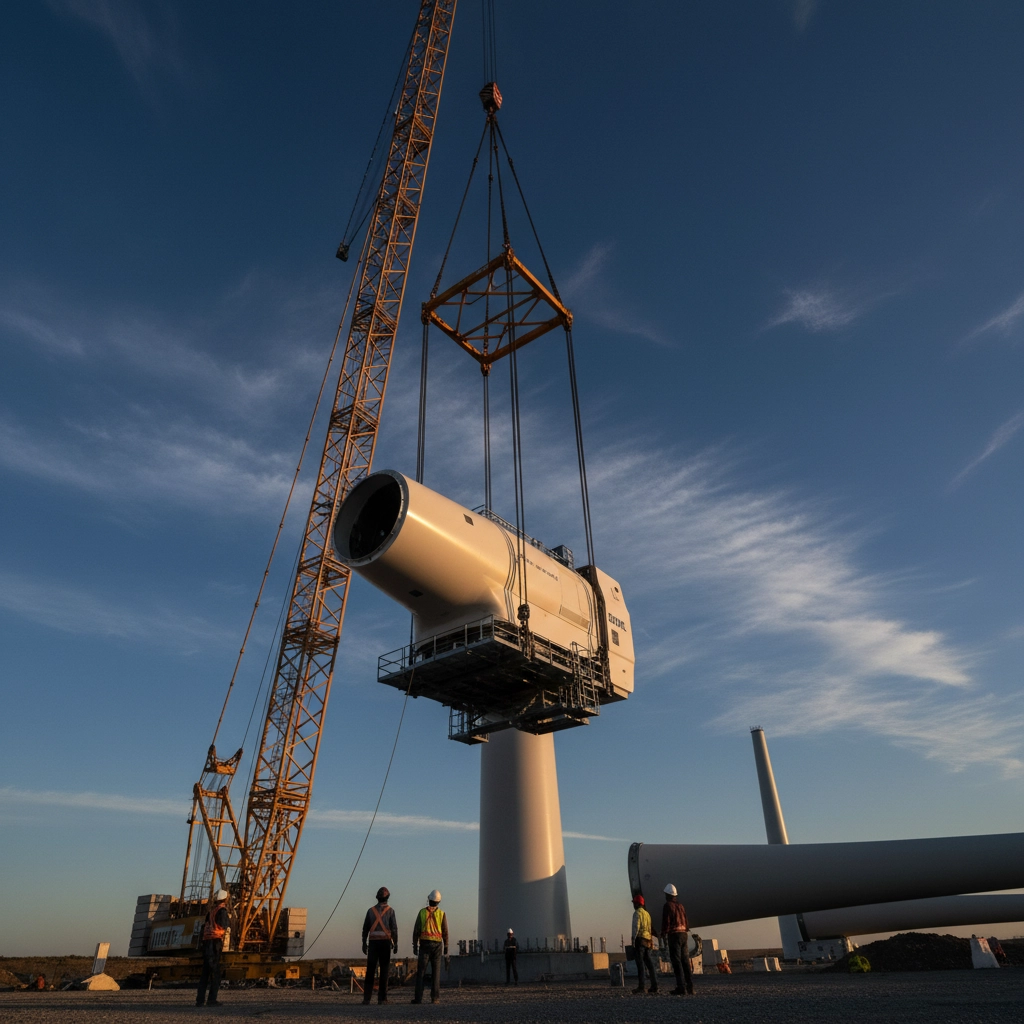
Your project scope includes the nacelle, which houses the gearbox, generator, and control systems atop the tower. This component weighs up to 260 tonnes and contains the critical electrical and mechanical systems that convert rotational energy into grid-ready electricity. When planning maintenance schedules and access requirements, you must account for nacelle accessibility and specialized equipment needs.
The rotor consists of the hub and attached blades that capture wind energy. Modern rotors can span over 160 meters in diameter, creating substantial swept areas that determine your turbine's energy production capacity. Your site layout planning must account for these dimensions and ensure adequate spacing between turbines to minimize wake effects.
Performance Metrics That Drive Your Project Success
Your project's financial viability depends on understanding key performance measurements that determine energy output and revenue generation. Capacity represents your turbine's rated power output under optimal conditions, typically measured in megawatts (MW). This figure directly impacts your power purchase agreements and grid interconnection requirements.
The capacity factor provides your most important performance indicator, measuring actual energy production against theoretical maximum output over a specific timeframe. You'll use this metric to evaluate project performance against initial projections and identify optimization opportunities. Industry-standard capacity factors range from 25% to 50%, depending on wind resource quality and turbine technology.
Cut-in wind speed defines the minimum wind velocity required for your turbines to begin generating electricity, typically around 3-4 meters per second. Your site assessment must verify adequate wind speeds above this threshold to ensure consistent energy production throughout the year.
Conversely, cut-out wind speed represents the maximum safe operating wind velocity, usually 20-25 meters per second. When winds exceed this threshold, turbines automatically shut down to prevent damage, affecting your overall production calculations and safety protocols.
Project Classification Systems You Need to Understand
Your wind energy projects fall into distinct categories that determine regulatory requirements, financing options, and community engagement strategies. Commercial scale wind projects exceed 100 kilowatts in capacity and focus on electricity sales rather than on-site consumption. These installations may range from single large turbines to extensive wind farms with hundreds of units.
Community wind projects represent locally owned commercial-scale developments where community members maintain significant financial ownership stakes. If you're managing community wind initiatives, you'll navigate additional stakeholder engagement requirements, local governance considerations, and distributed ownership structures that differ substantially from traditional commercial projects.

Utility-scale wind describes large commercial installations, typically exceeding 20 MW in total capacity, designed to supply electricity to the bulk power grid. Your project management approach for utility-scale developments requires coordination with transmission operators, compliance with bulk electric system reliability standards, and management of complex interconnection processes.
Distributed wind encompasses smaller installations located close to energy consumers, including residential, commercial, and industrial applications. These projects require different permitting approaches, interconnection procedures, and community relations strategies compared to utility-scale developments.
Technical Operations Terms for Daily Management
Your operational responsibilities include understanding technical terminology that affects maintenance planning, safety protocols, and performance optimization. Controlled shutdown describes the standard procedure for stopping turbines that gradually feathers the blades, reducing structural stress compared to emergency stops. You'll incorporate controlled shutdown procedures into routine maintenance schedules and weather response protocols.
Pitch control systems adjust blade angles to optimize energy capture and protect equipment during varying wind conditions. Your maintenance teams must understand pitch system operations to diagnose performance issues and coordinate repair activities effectively.
Yaw systems automatically orient turbines to face incoming wind directions, maximizing energy capture throughout changing weather patterns. These systems require regular maintenance and calibration to ensure optimal positioning and prevent excessive wear on mechanical components.
Power curves graphically represent your turbine's electrical output across different wind speeds, providing essential data for production forecasting and performance analysis. You'll reference power curves when evaluating actual performance against manufacturer specifications and identifying potential maintenance needs.
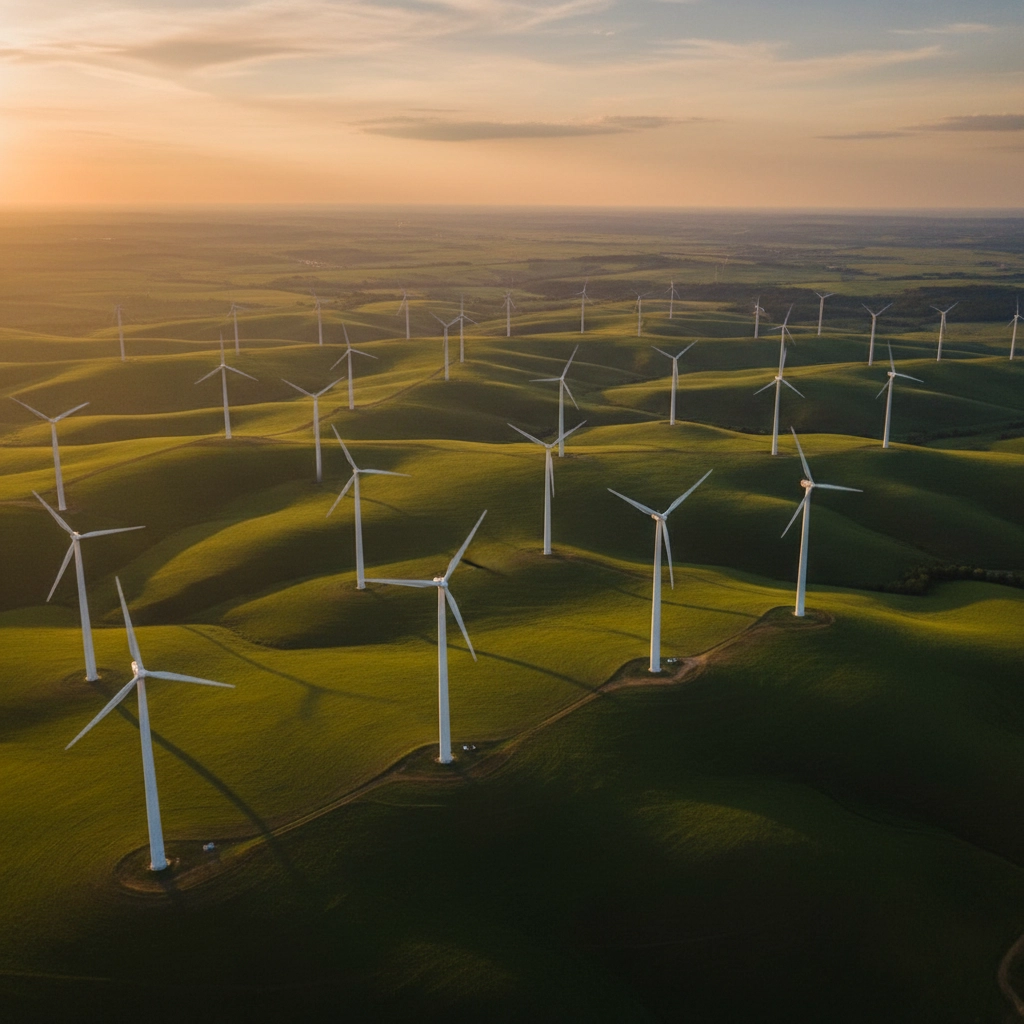
Grid Integration and Electrical Systems Terminology
Your projects must successfully integrate with existing electrical infrastructure, requiring familiarity with grid connection terminology. Point of interconnection (POI) identifies the specific location where your wind farm connects to the utility grid, determining electrical requirements, protection systems, and revenue metering arrangements.
Power purchase agreements (PPAs) establish the contractual framework for selling generated electricity, defining pricing structures, delivery obligations, and performance guarantees. Your project success depends on understanding PPA terms and ensuring operational compliance with contractual requirements.
Reactive power requirements affect your electrical system design and ongoing operational obligations. Grid operators may require your wind farm to provide voltage support services, necessitating additional equipment and operational procedures that impact project costs and complexity.
Advanced Project Management Considerations
Your wind energy project management responsibilities extend beyond basic construction oversight to encompass specialized industry challenges. Wake effects occur when upstream turbines reduce wind speeds for downstream units, requiring careful site layout optimization to maximize overall production. Your turbine spacing decisions directly impact project economics and long-term performance.
Environmental compliance encompasses wildlife protection measures, noise regulations, and visual impact assessments that affect project approval processes and ongoing operational requirements. You must coordinate with environmental consultants, regulatory agencies, and community stakeholders throughout project development and operations.
Capacity markets in some regions provide additional revenue streams for wind projects that contribute to grid reliability. Understanding capacity market participation requirements helps you optimize project design and operational strategies to capture these supplementary revenue opportunities.
Your mastery of wind energy terminology enables clear communication with technical specialists, regulatory agencies, and project stakeholders. This vocabulary foundation supports effective project coordination, accurate progress reporting, and successful navigation of the complex regulatory environment surrounding renewable energy development. As the wind energy sector continues evolving, staying current with emerging terminology ensures your continued effectiveness as a project leader in this dynamic field.
